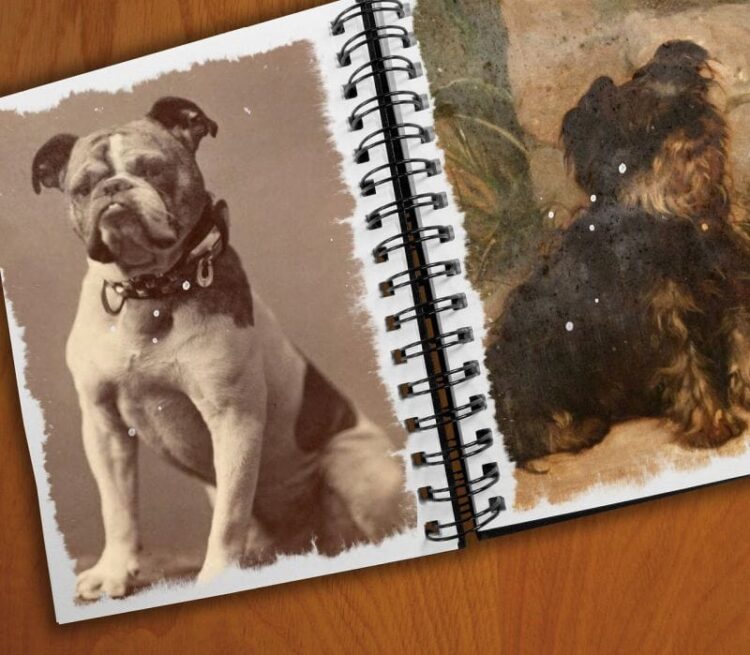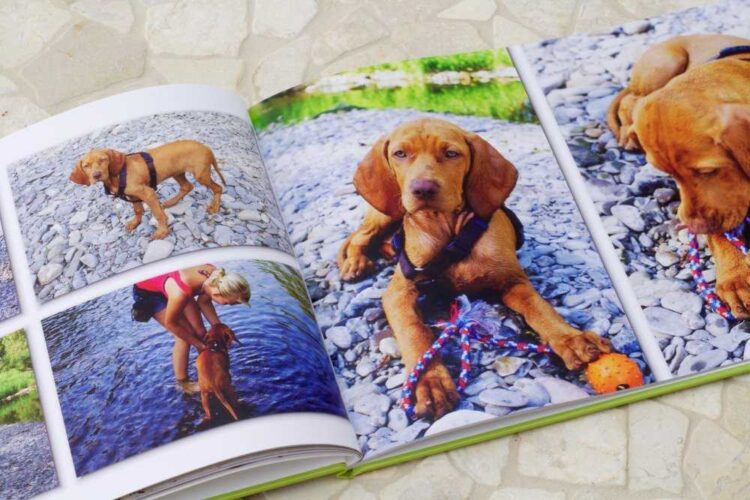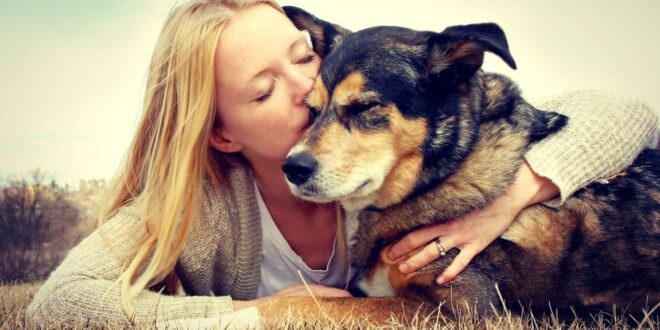There are many benefits of having a pet. They can provide companionship, love, and affection. They can also help to relieve stress and anxiety and can promote physical activity and a healthy lifestyle. Animals can also help to teach responsibility and can provide children with a sense of purpose.
It’s hard to lose a pet. They become such a big part of our lives, and their loss can leave us feeling empty and alone. But just because they’re gone, doesn’t mean we have to forget about them. There are lots of ways to preserve the memory of your pet once they’re gone. From creating a tribute video to planting a tree in their memory, here are some ideas to help you keep their memory alive.
The grieving process
The grieving process is a natural and necessary response to the loss of a beloved animal. It is important to allow yourself to grieve in whatever way feels right for you. There is no “right” or “wrong” way to grieve, and there is no timeline for grief. Some people may find that they need to take some time off work or other commitments in order to grieve properly. Others may find that staying busy helps them to cope.
There are many ways to memorialize your pet once they’re gone. You might choose to have a funeral or memorial service, either with or without cremation. You might choose to create a photo album or memory box or plant a tree in your memory. Whatever you do, make sure that it is something that brings you comfort and peace.

What you can do with your pet’s remains
There are many ways to preserve the memory of your pet once they’re gone. Here are some ideas:
- Create a memorial garden: This can be a place to visit and reflect on happy memories with your animal. You can plant flowers or trees in their memory, or even create a sculpture or other artwork.
- Donate their toys and belongings: If you have items that were special to your pet, consider donating them to a local animal shelter or rescue group. This way, other animals in need can enjoy them.
- Make photo books or collages: Gather up all your photos of that animal and put them together in a special album or frame. You could also create a digital photo album or collage that you can share with friends and family.
- Write about your memories: Jot down some of your favorite memories of your pet and keep them in a journal or scrapbook. You could also write a letter to them, telling them how much they meant to you.

How to talk to your children about the death of a pet
The loss of a pet is difficult for both children and adults to deal with. Here are some tips on how to talk to your children about the death of a pet:
- Explain what has happened in simple terms. Depending on the age of your child, you will want to explain what death is in a way that they can understand. For younger children, you can say that their pet’s body is no longer working and they will never come back. For older children, you can explain that death is permanent and final.
- Encourage your child to express their emotions. It’s important to let your child know that it’s okay to feel sad, angry, or scared after their pet dies. Encourage them to express their emotions through talking, writing, drawing, or whatever outlet they feel most comfortable with.
- Reassure them that they did not cause the death of their pet. Many children feel guilty after their pet dies, thinking that they somehow caused it. Reassure them that this is not the case and that there was nothing they could have done to prevent it.
- Help them create a memory of their animal. Suggest ways your child can remember it, such as making a scrapbook or planting a tree in their memory. This will help them keep the memories of their beloved animal alive even after they’re gone.

How to know when you’re ready for a new pet
Many people are unsure of when the right time to get a new pet is. Here are some things to consider that may help you decide if you’re ready for a new furry friend:
- How long ago did your previous pet pass away? If it’s been less than six months, you may not be ready for another animal just yet. Allow yourself time to grieve and heal before bringing home another animal.
- Are you still living in the same home where your previous pet passed away? If so, it may be too soon to bring home another animal. Animals can pick up on our emotions, and the sadness in your home may upset them. Consider moving or waiting until you’re no longer living in the space where your previous pet died.
- Do you have the time and energy to care for another animal? Caring for one is a big responsibility, and if you’re not sure you can handle it right now, it’s best to wait. Make sure you’re prepared to commit to feeding, walking, exercising, and training a new pet before bringing one home.
- Do you have other pets in the house? If so, they may need time to adjust to the loss of their companion before welcoming a new addition to the family. Give them at least a few weeks to grieve before bringing home another animal.
Final words
If you’re struggling with the loss of a pet, reach out to friends and family for support. It’s also important to give yourself time to grieve. Try not to compare your grief to others as everyone deals with loss differently. Remember that it’s okay to cry and it’s okay to feel angry or confused. The most important thing is that you let yourself feel whatever you need to in order to start healing.
 Hi Boox Popular Magazine 2024
Hi Boox Popular Magazine 2024



